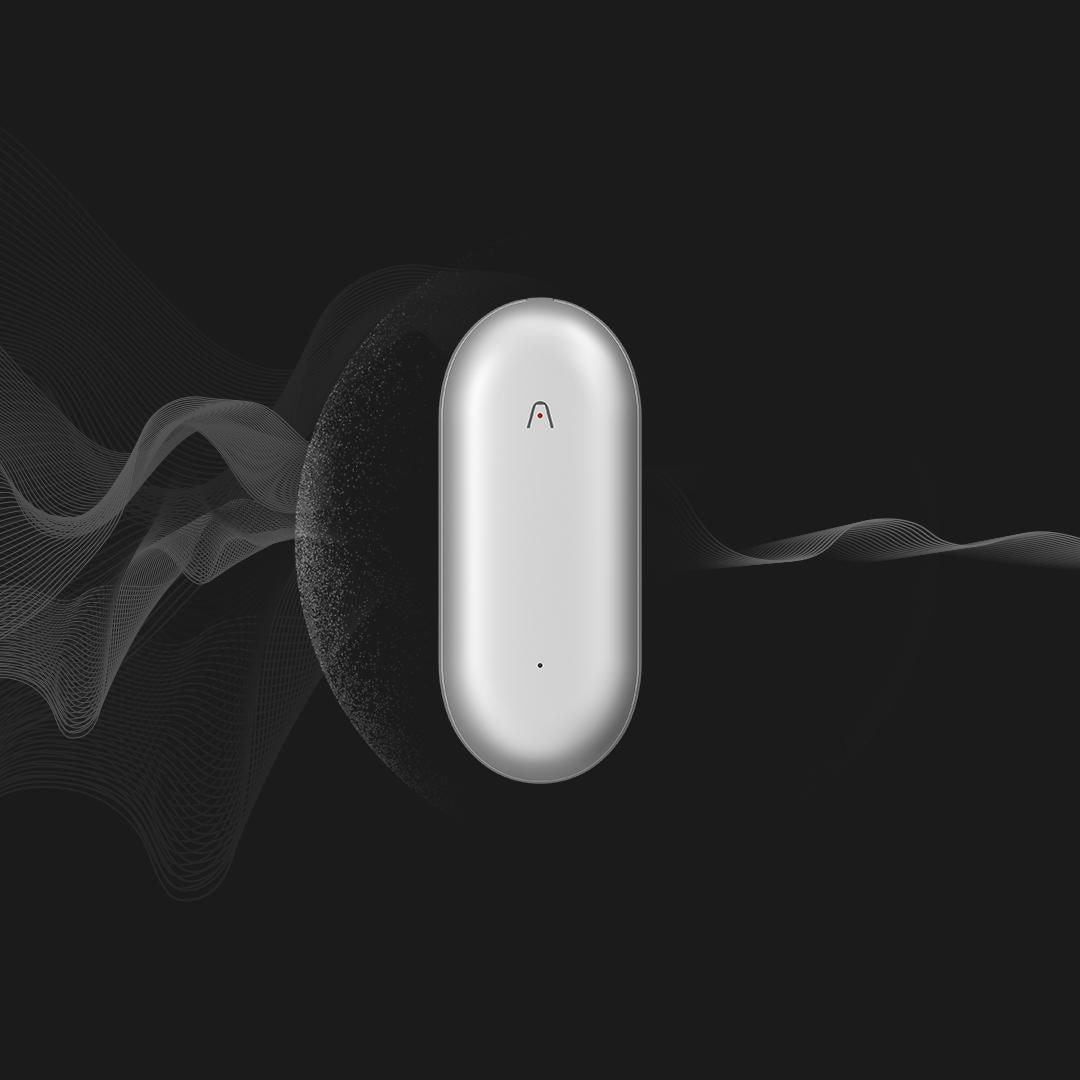Unlock Your Productivity: Discover the Perfect Note-Taking Device for Your Mind
In today's fast-paced world, effective note-taking is essential for enhancing productivity and maintaining organization. Whether you're a student trying to ace your exams, a professional managing multiple projects, or simply someone looking to keep track of personal goals, the right note-taking device can make all the difference. With a myriad of options available, from digital tablets to traditional notebooks, navigating through the choices can be overwhelming. This article aims to guide you in finding the perfect note-taking device that aligns with your unique needs and preferences.

Understanding Note-Taking Devices
A note-taking device can be defined as any tool that aids in capturing information, ideas, or reminders. These devices come in two main forms: digital and analog. Digital note-taking devices include everything from tablets and laptops to specialized apps that allow for seamless organization and retrieval of notes. Analog devices, on the other hand, consist of traditional notebooks, planners, and writing instruments that provide a tactile experience often preferred by many users. In academic settings, these devices enable students to record lectures and brainstorm ideas, while professionals utilize them for meetings and project planning. In personal contexts, they serve as a means to track habits, jot down thoughts, or plan events, showcasing their versatile application across various aspects of life.
Factors to Consider When Choosing a Note-Taking Device
When selecting the ideal note-taking device, several key factors should be taken into account. Usability is paramount; the device should be intuitive and easy to navigate, allowing you to focus on capturing information without distraction. Portability is another critical consideration — if you travel frequently or commute to work, a lightweight and compact device will be advantageous. Storage capacity also plays a significant role; digital options often provide extensive space for organizing notes, while traditional devices may require carrying multiple notebooks. Lastly, consider how well the device integrates with other tools you use, such as calendars and task managers. Ultimately, personal preferences and specific needs — such as whether you prefer typing or handwriting — will guide your decision-making process.
Types of Note-Taking Devices
There are various types of note-taking devices available, each catering to different preferences and requirements:
Digital Note-Taking Devices
Digital note-taking devices, such as tablets and smart notebooks, offer a range of features that enhance the note-taking experience. Tablets equipped with styluses allow for handwritten notes that can be easily converted to text. Specialized apps provide organizational tools, such as tagging and searching, making it effortless to retrieve information when needed. Additionally, cloud storage ensures that your notes are accessible from any location, facilitating a seamless workflow.
Traditional Note-Taking Devices
On the other hand, traditional note-taking devices, including notebooks and planners, offer a tactile experience that many find beneficial. The act of writing by hand has been shown to improve memory retention and comprehension, making it a valuable method for learning. Classic writing tools, from gel pens to fountain pens, can also enhance the overall experience, adding a personal touch to the note-taking process. Many users appreciate the simplicity and reliability of paper, as it requires no batteries or software updates.
Hybrid Options
For those seeking the best of both worlds, hybrid options such as smart pens and digital paper provide innovative solutions. Smart pens capture handwritten notes and sync them to digital devices, allowing for easy organization and sharing. Digital paper mimics the feel of writing on paper while offering the benefits of digital storage. These devices combine the tactile satisfaction of traditional writing with the convenience of digital technology, making them an attractive choice for many users.
Comparative Analysis: Pros and Cons
When it comes to note-taking devices, understanding the pros and cons of digital versus traditional options can greatly influence your decision. Digital devices offer advantages such as easy organization, searchability, and the ability to back up notes in the cloud. They also often come with collaborative features, allowing multiple users to access and edit notes in real-time. However, some users may find the screen time and reliance on technology to be a drawback, potentially leading to digital fatigue.
In contrast, traditional devices provide a sensory experience that digital options often lack. The act of writing can be more engaging and fulfilling, fostering creativity and deeper processing of information. However, they do come with limitations, such as the inability to easily edit or search through notes, and the need to carry multiple items if extensive notes are required. By weighing these factors, you can make an informed choice that aligns with your personal preferences and lifestyle.
Final Thoughts on Choosing Your Ideal Note-Taking Device
In conclusion, finding the right note-taking device can significantly enhance your productivity and organization. By understanding the various types of devices available and considering factors such as usability, portability, and your personal preferences, you can choose a tool that best suits your needs. Whether you lean towards digital solutions, traditional notebooks, or hybrid options, exploring the possibilities will ultimately empower you to take control of your notes and ideas. Reflect on your individual requirements and dive into the world of note-taking devices to discover what works best for you.








تعليقات